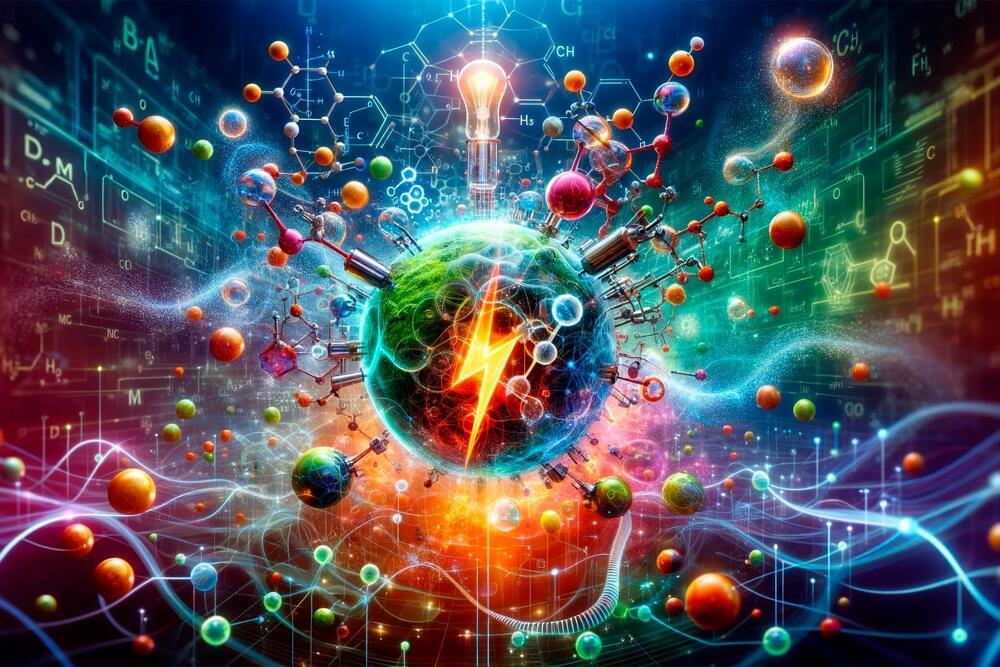Dec 13, 2023
Chinese hackers allegedly target US infrastructure as ‘Volt Typhoon’
Posted by Gemechu Taye in categories: cybercrime/malcode, energy
The intrusions are part of a broader effort to develop ways to sow chaos or snarl logistics in the event of a U.S.-China conflict in the Pacific, officials say.
While both China and the United States of America have accused each other of conducting cyberattacks for years now, recently, China’s People’s Liberation Army allegedly involved in a series of cyber intrusions referred to as “Volt Typhoon.”
The Washington Post reported earlier this morning that these attacks targeted critical American infrastructure, including water utility systems in Hawaii, major ports on the West Coast, and an oil and gas pipeline, according to experts.
Continue reading “Chinese hackers allegedly target US infrastructure as ‘Volt Typhoon’” »

















